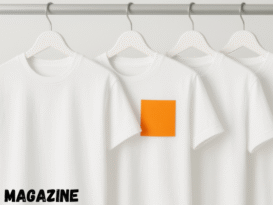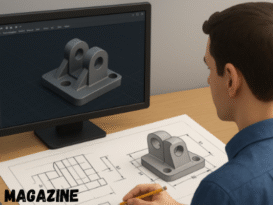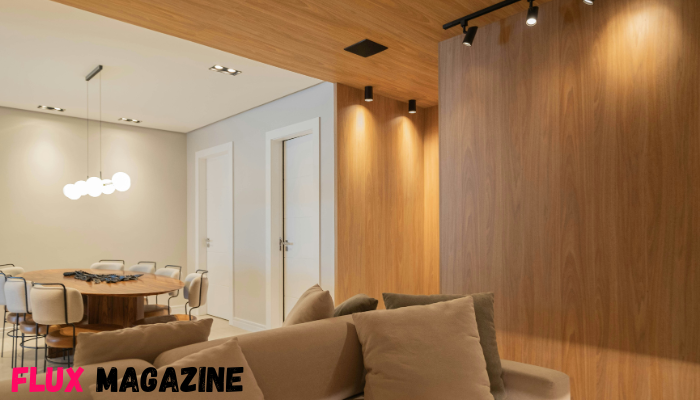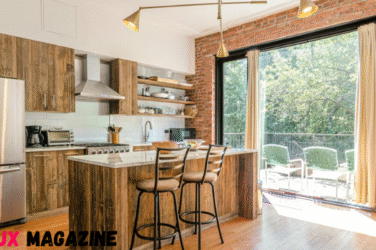Why Beading is Back in Style
Interior design trends come and go, but some details stand the test of time. One of these is beading. Once seen mainly in traditional homes, beading has made a comeback in modern interiors. Whether it’s used to add depth to walls, create subtle decoration, or frame skirting boards, beading can transform a plain room into something refined and stylish.
The beauty of beading lies in its versatility. It can be used in small, understated ways or as part of a bold design feature. For homeowners looking to achieve a modern finish without overspending, beading offers a cost-effective yet impactful solution.
What is Beading?
Beading refers to decorative trims or mouldings that are applied to walls, doors, or furniture to add detail and texture. It is often made from MDF, timber, or plastic, and comes in various shapes and sizes. Traditionally, beading was associated with classic panelling, but today it is being used in creative ways to give homes a contemporary twist.
Modern Uses of Beading in Interior Design
There are countless ways to use beading in a modern home. Below are some of the most effective design ideas:
- Wall Panelling with Beading
Wall panelling has become a huge trend in recent years, and beading is key to achieving the look. By fixing beading strips directly onto flat walls, you can create geometric shapes, squares, or rectangles that mimic traditional panelled walls. Once painted, the result is sleek and modern, with added depth that plain plaster simply can’t achieve.
This type of panelling works particularly well in living rooms, hallways, or bedrooms, where it creates a feature wall that feels elegant yet contemporary.
- Beading on Skirting Boards
Skirting boards are often overlooked in interior design, but with the addition of beading, they can become a subtle design feature. Adding a thin bead just above or below the skirting creates a layered effect that draws the eye and makes the room feel more polished.
This is especially effective in modern interiors where clean lines are important, as the beading provides extra definition without clutter.
- Decorative Door Frames
Another way to use beading is around door frames. A plain door can be given instant character with the addition of beading trims. This is a simple way to add sophistication to interior doors without the need for a complete replacement.
Painted in the same colour as the walls, it creates a seamless effect, or you can choose a contrasting shade for a bolder, modern look.
- Ceiling and Cornice Detailing
Beading isn’t just for walls and skirting. It can also be used at the join between walls and ceilings to add a crisp edge. In modern homes where traditional coving may feel too heavy, slim beading provides a minimalist alternative.
It frames the ceiling neatly and adds definition, helping the whole room feel more structured and balanced.
- Custom Furniture and Cabinetry
Beading can also be applied to furniture and cabinetry to give them a bespoke appearance. For example, adding square or rectangular beading to wardrobe doors or kitchen cabinets creates a shaker-style finish that works well in modern interiors.
This technique is an affordable way to update old furniture or give flat surfaces more character.
Choosing the Right Beading for a Modern Look
Not all beading is the same, so choosing the right type is important if you want a modern finish.
- Profile: Slim, simple profiles look more modern, while ornate designs tend to suit traditional interiors.
- Material: MDF is affordable and easy to paint, making it ideal for DIY projects. Timber offers a natural look, while plastic is durable for high-traffic areas.
- Size: For modern spaces, thinner beads work best, as they keep lines clean and minimal.
Finishes and Colours
Beading can be painted in almost any colour, which makes it highly versatile. For a modern look:
- Paint beading the same colour as the wall for a subtle, textured effect.
- Use contrasting colours, such as dark beading on light walls, to make a bold statement.
- Match beading with skirting boards or door frames for a cohesive design.
The finish is just as important. A matt or satin finish gives a contemporary feel, while gloss can look more traditional.
Installation Tips for Beading
Fitting beading doesn’t have to be complicated, but precision is key. Always measure and cut carefully, ensuring joints are neat. Use adhesive and small pins to secure the bead to the wall or surface, and fill any gaps before painting for a smooth finish.
For curved walls or tricky spaces, flexible MDF or plastic beading is available. These products are designed to bend, making them perfect for bay windows or rounded corners.
Also Read: The Top Five Reasons Why People Want to Have Flexible Careers
Why Beading Works for Modern Interiors
Modern design often celebrates simplicity, but that doesn’t mean rooms should feel bare. Beading strikes the right balance by adding visual interest without overwhelming the space. It allows homeowners to experiment with textures and patterns, while still keeping a clean, uncluttered look.
It’s also affordable compared to other decorative features, which makes it accessible for most budgets. Whether you want to refresh a single room or redesign an entire property, beading offers plenty of design possibilities.
Final Thoughts
Beading has evolved from being a purely traditional feature to a versatile design tool that works perfectly in modern homes. Whether used on walls, skirting, doors, or furniture, it provides detail, structure, and style. By keeping profiles slim, colours neutral or bold, and finishes clean, you can use beading to achieve a modern, polished interior that stands out. If you’re looking to update your home, beading is a simple yet effective way to achieve a designer finish without breaking the bank.


















Show Comments (0)